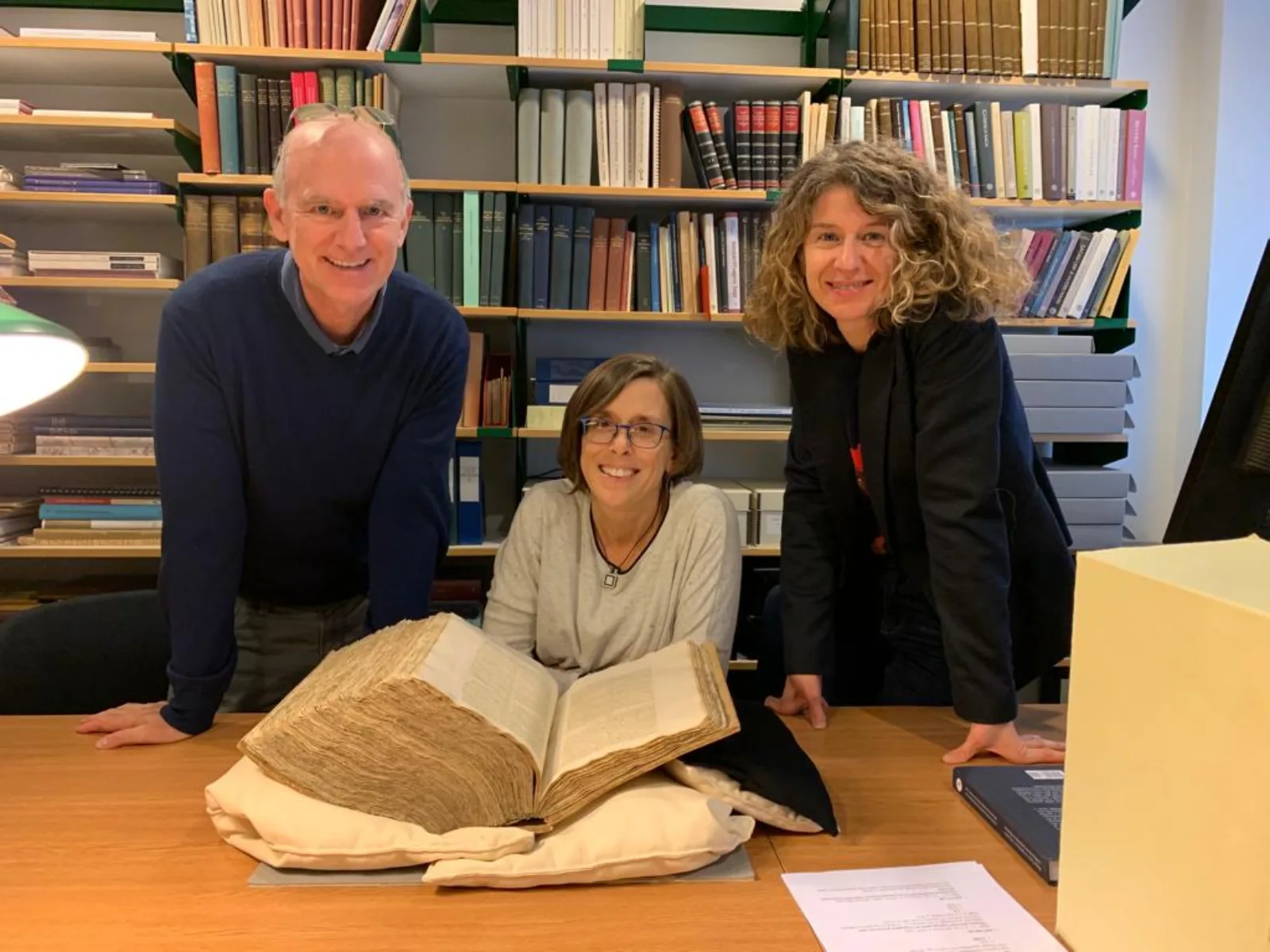From Exotics to Producers: The Adjustable Feather Skirt Stephanie Leitch
Sixteenth-century European fashion for Americans featured feathered skirts that were never worn by the indigenous groups European travelers encountered; they were entirely invented by the printing press. Even though the iconography of the feathered skirt seems fairly stable as it was transmitted through copies, to look at the skirt as the printer’s mistake or a homogenously misunderstood bit of clothing misses the richness of its history. Rather than take the artifactual hiccup as the final word, the way the feathered skirt travelled through the sartorial collections of the cast of peoples in early modern travel accounts shows that the discourse surrounding the people who wore them in print kept changing. This chapter inspects the journey of the skirt from a broad stereotype that once accompanied the iconography of cannibalism to a specific index of indigenous ingenuity that suggested resources and peoples to exploit.
Singular and Repeatable Beasts: Crocodiles and Armadillos, Lisa Voigt
Sixteenth-century readers could find pictures of exotic beasts in both travel accounts and natural histories, the latter frequently deriving its illustrations from the former. The prevalence of copied pictures of animals highlights the ambiguous connection between novelty and repeatability in early modern travel account illustrations: some animals, like the crocodile, were long-familiar representations of the exotic; others, like the armadillo, were creatures encountered for the first time in the Americas, whose strangeness was domesticated through comparisons with known animals. This chapter tracks illustrations of crocodiles and armadillos in travel narratives to the Middle East and Brazil, showing how they corroborated travelers’ simultaneous claims of firsthand experience and the marvelous in ways that challenge the assumed trajectory of zoological illustration from symbolism to naturalism. Tracing how animal illustrations were reused and copied in and out of travel accounts illuminates the spread not only of knowledge of foreign animals, but also of European perceptions and stereotypes of foreign peoples and places.
Istanbul, Rio and Beyond: Copied Illustrations in Weigand Han’s Travel Accounts Elio Brancaforte
The publishing house of Hermann Gülfferich was best known for selling popular literature in mid-sixteenth-century Frankfurt at cheap prices: chapbooks with fairy-tale content (Melusine), love stories and romances (Die schöne Magelone), tales of adventure (Fortunatus), herbals, and the fables of Aesop. When Gülfferich’s stepson, Weigand Han, took over the business in 1556, he continued this tradition, but also added travel accounts to the publishing program. Underpinning the firm’s business model was the practice of copying; the firm specialized in reprinting works published by other firms that had sold well in the past. A standard practice also included reusing woodcuts by artists such as Hans Brosamer and Jörg Breu and integrating them into new works. This paper will examine how recycled images were incorporated into Weigand Han’s editions of travel literature by authors such as Ludovico di Varthema, Hans Staden, and especially Hans Schildtberger. The pictorial program of these editions can be described as disjunctive, but are these illustrations truly irrelevant, or do they point to the canny intervention of a publisher responding to his audience’s expectations?
